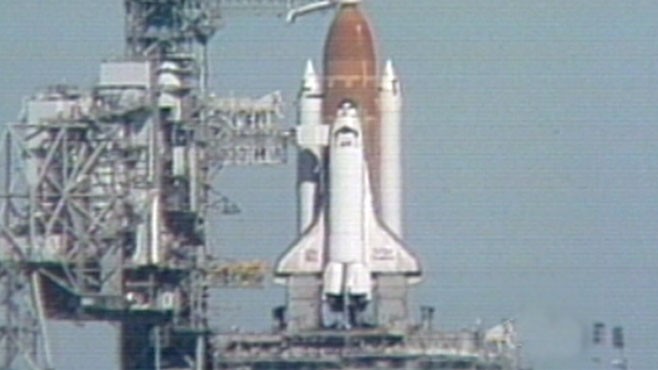Read & Write "Task 2. Two technologies, one of them successful to nowadays, second - not"
💣💣💣

NASA's original vision for the space shuttle was a fully reusable, two-stage vehicle that would be piloted in both stages. The hypersonic, winged first stage would carry the shuttle orbiter on its back, up to an altitude of at least 50,000 feet (15,240 meters). The first stage would then fly back to Earth and land like an airplane, while the orbiter cruised into space.
Budget issues kept this from happening, and NASA ended up designing the shuttle system we see today — an orbiter carried aloft by two reusable solid rocket boosters. Similarly, funding issues kept the agency from developing a second-generation space plane, leaving NASA to operate the shuttle for 30 years.
Key moments:
- Space Shuttle program lived from 1981 - 2011.
- Key issues, why this program was closed - Budget issues, failure launch with "Challenger" which costed 4 lives, they names are: Sharon Christa McAuliffe, Gregory Jarvis, Judith A. Resnik, Francis R.

Linux, computer operating system created in the early 1990s by Finnish software engineer Linus Torvalds and the Free Software Foundation (FSF).
While still a student at the University of Helsinki, Torvalds started developing Linux to create a system similar to MINIX, a UNIX operating system. In 1991 he released version 0.02; Version 1.0 of the Linux kernel, the core of the operating system, was released in 1994. About the same time, American software developer Richard Stallman and the FSF made efforts to create an open-source UNIX-like operating system called GNU. In contrast to Torvalds, Stallman and the FSF started by creating utilities for the operating system first. These utilities were then added to the Linux kernel to create a complete system called GNU/Linux, or, less precisely, just Linux.
Linux grew throughout the 1990s because of the efforts of hobbyist developers. Although Linux is not as user-friendly as the popular Microsoft Windows and Mac OS operating systems, it is an efficient and reliable system that rarely crashes. Combined with Apache, an open-source Web server, Linux accounts for more than a third of all servers used on the Internet. Because it is open source, and thus modifiable for different uses, Linux is popular for systems as diverse as cellular telephones and supercomputers. The addition of user-friendly desktop environments, office suites, Web browsers, and even games helped to increase Linux’s popularity and make it more suitable for home and office desktops. New distributions (packages of Linux software) were created throughout the 1990s. Some of the more well-known distributions include Red Hat, Debian, and Slackware.
- https://www.space.com/12085-nasa-space-shuttle-history-born.html
- https://www.pbs.org/wgbh/americanexperience/features/telephone-technology-timeline/
- https://www.britannica.com/technology/Linux
Комментарии
Отправить комментарий